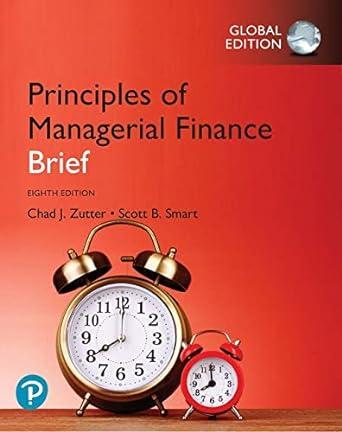
Assume the return on a market Index represents the common factor and all stocks in the economy have a beta of 1. Firm-specific returns all have a standard deviation of 38%. Suppose an analyst studies 20 stocks and finds that one-half have an alpha of 4.2%, and one-half have an alpha of -4.2%. The analyst then buys $1.0 million of an equally weighted portfolio of the positive-alpha stocks and sells short $1.0 million of an equally weighted portfolio of the negative-alpha stocks. a. What is the expected return (in dollars), and what is the standard deviation of the analyst's profit? (Enter your answers in dollars not in millions. Do not round Intermediate calculations. Round your answers to the nearest dollar amount.) Expected return Standard deviation b-1. How does your answer for standard deviation change if the analyst examines 50 stocks instead of 20? (Enter your answer in dollars not in millions. Do not round Intermediate calculations. Round your answer to the nearest dollar amount.) Standard deviation b-2. How does your answer for standard deviation change if the analyst examines 100 stocks Instead of 20? (Enter your answer in dollars not in millions.) Standard deviation Assume the return on a market Index represents the common factor and all stocks in the economy have a beta of 1. Firm-specific returns all have a standard deviation of 38%. Suppose an analyst studies 20 stocks and finds that one-half have an alpha of 4.2%, and one-half have an alpha of -4.2%. The analyst then buys $1.0 million of an equally weighted portfolio of the positive-alpha stocks and sells short $1.0 million of an equally weighted portfolio of the negative-alpha stocks. a. What is the expected return (in dollars), and what is the standard deviation of the analyst's profit? (Enter your answers in dollars not in millions. Do not round Intermediate calculations. Round your answers to the nearest dollar amount.) Expected return Standard deviation b-1. How does your answer for standard deviation change if the analyst examines 50 stocks instead of 20? (Enter your answer in dollars not in millions. Do not round Intermediate calculations. Round your answer to the nearest dollar amount.) Standard deviation b-2. How does your answer for standard deviation change if the analyst examines 100 stocks Instead of 20? (Enter your answer in dollars not in millions.) Standard deviation







